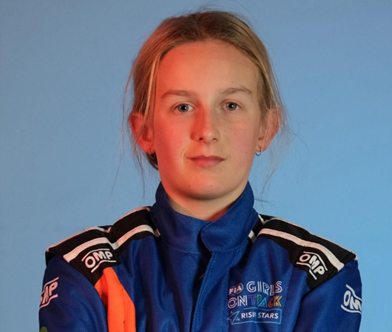The Fédération Internationale de l’Automobile (FIA), the global governing body for motor sport and the federation for mobility organisations worldwide, has today announced the winner of the 2025 FIA Girls on Track – Rising Stars…
Blog
-

GSK data at ASH show potential to redefine outcomes for people living with blood cancers
About multiple myeloma
Multiple myeloma is the third most common blood cancer globally and is generally considered treatable but not curable.1,2 There are approximately 180,000 new cases of multiple myeloma diagnosed globally each year.3 Research into new therapies is needed as multiple myeloma commonly becomes refractory to available treatments.4 Many patients with multiple myeloma, including approximately 70% in the US, are treated in a community cancer setting, leaving an urgent need for new, effective therapies with manageable side effects that can be administered outside of an academic centre.5,6,7
About myelofibrosis
Myelofibrosis is a rare blood cancer that disrupts the body’s normal production of blood cells because of dysregulated JAK-signal transducer and activator of transcription protein signalling. The clinical hallmarks of myelofibrosis are splenomegaly (enlarged spleen), severely low blood counts, including anaemia and thrombocytopenia, and debilitating constitutional symptoms, such as fatigue, night sweats and bone pain, attributable to ineffective haematopoiesis and excessive production of proinflammatory cytokines.8,9
About belantamab mafodotin
Belantamab mafodotin is a monoclonal ADC (antibody-drug conjugate) comprising a humanised BCMA (B-cell maturation antigen) conjugated to the cytotoxic agent monomethyl auristatin F via a non-cleavable linker. The drug linker technology is licensed from Seagen Inc.; the monoclonal antibody is produced using POTELLIGENT Technology licensed from BioWa Inc., a member of the Kyowa Kirin Group.
In October 2025, the US FDA approved10 belantamab mafodotin under the brand name Blenrep in combination with bortezomib and dexamethasone (BVd) for the treatment of adult patients with relapsed or refractory multiple myeloma who have received at least two prior lines of therapy, including a proteasome inhibitor and an immunomodulatory agent.
Belantamab mafodotin in combination with bortezomib and dexamethasone and belantamab mafodotin in combination with pomalidomide and dexamethasone are approved in 2L+ relapsed or refractory multiple myeloma in the European Union11, UK12, Japan13, Canada, Switzerland and Brazil.
Applications are currently under review in other markets globally, including China14 where the application is based on the results of DREAMM-7 and has been granted Breakthrough Therapy Designation and Priority Review.
Indication
In the US, Blenrep is indicated in combination with bortezomib and dexamethasone (BVd) for the treatment of adult patients with relapsed or refractory multiple myeloma who have received at least two prior lines of therapy, including a proteasome inhibitor and an immunomodulatory agent.
Please see accompanying US Prescribing Information.
About momelotinib
Momelotinib has a differentiated mechanism of action, with inhibitory ability along three key signalling pathways: Janus kinase (JAK) 1, JAK2, and activin A receptor, type I (ACVR1).15,16,17,18 Inhibition of JAK1 and JAK2 may improve constitutional symptoms and splenomegaly.15,16,17 Additionally, inhibition of ACVR1 leads to a decrease in circulating hepcidin levels, potentially contributing to anaemia-related benefit.15,16,17,18
In September 2023, the US Food and Drug Administration approved19 momelotinib under the brand name Ojjaara for the treatment of intermediate or high-risk myelofibrosis, including primary myelofibrosis or secondary myelofibrosis (post-polycythaemia vera and post-essential thrombocythemia), in adults with anaemia.
In January 2024, the European Commission granted marketing authorisation20 for momelotinib for disease-related splenomegaly (enlarged spleen) or symptoms in adult patients with moderate to severe anaemia who have primary myelofibrosis, post polycythaemia vera myelofibrosis or post essential thrombocythemia myelofibrosis and who are Janus kinase (JAK) inhibitor naïve or have been treated with ruxolitinib. Momelotinib was also approved21 by the Medicines and Healthcare products Regulatory Agency (MHRA) in the United Kingdom to treat the symptoms experienced by adult myelofibrosis patients who have moderate or severe anaemia.
In June 2024, the Japan Ministry of Health, Labour and Welfare (MHLW) approved22 momelotinib for the treatment of myelofibrosis. Momelotinib is currently approved in 21 countries and applications are under review in other markets globally.
Important information for momelotinib in the EU
Indication
Momelotinib is indicated for the treatment of disease-related splenomegaly (enlarged spleen) or symptoms in adult patients with moderate to severe anaemia who have primary myelofibrosis, post polycythaemia vera myelofibrosis or post essential thrombocythaemia myelofibrosis and who are Janus kinase (JAK) inhibitor naïve or have been treated with ruxolitinib.
Refer to the Omjjara EMA Reference Information for a full list of adverse events and the complete important safety information in the EU.
GSK in oncology
Our ambition in oncology is to help increase overall quality of life, maximise survival and change the course of disease, expanding from our current focus on blood and women’s cancers into lung and gastrointestinal cancers, as well as other solid tumours. This includes accelerating priority programmes such as antibody-drug conjugates targeting B7-H3 and B7-H4, and IDRX-42, a highly selective KIT tyrosine kinase inhibitor.
About GSK
GSK is a global biopharma company with a purpose to unite science, technology, and talent to get ahead of disease together. Find out more at www.gsk.com.
Cautionary statement regarding forward-looking statements
GSK cautions investors that any forward-looking statements or projections made by GSK, including those made in this announcement, are subject to risks and uncertainties that may cause actual results to differ materially from those projected. Such factors include, but are not limited to, those described in the “Risk Factors” section in GSK’s Annual Report on Form 20-F for 2024, and GSK’s Q3 Results for 2025.
Continue Reading
-
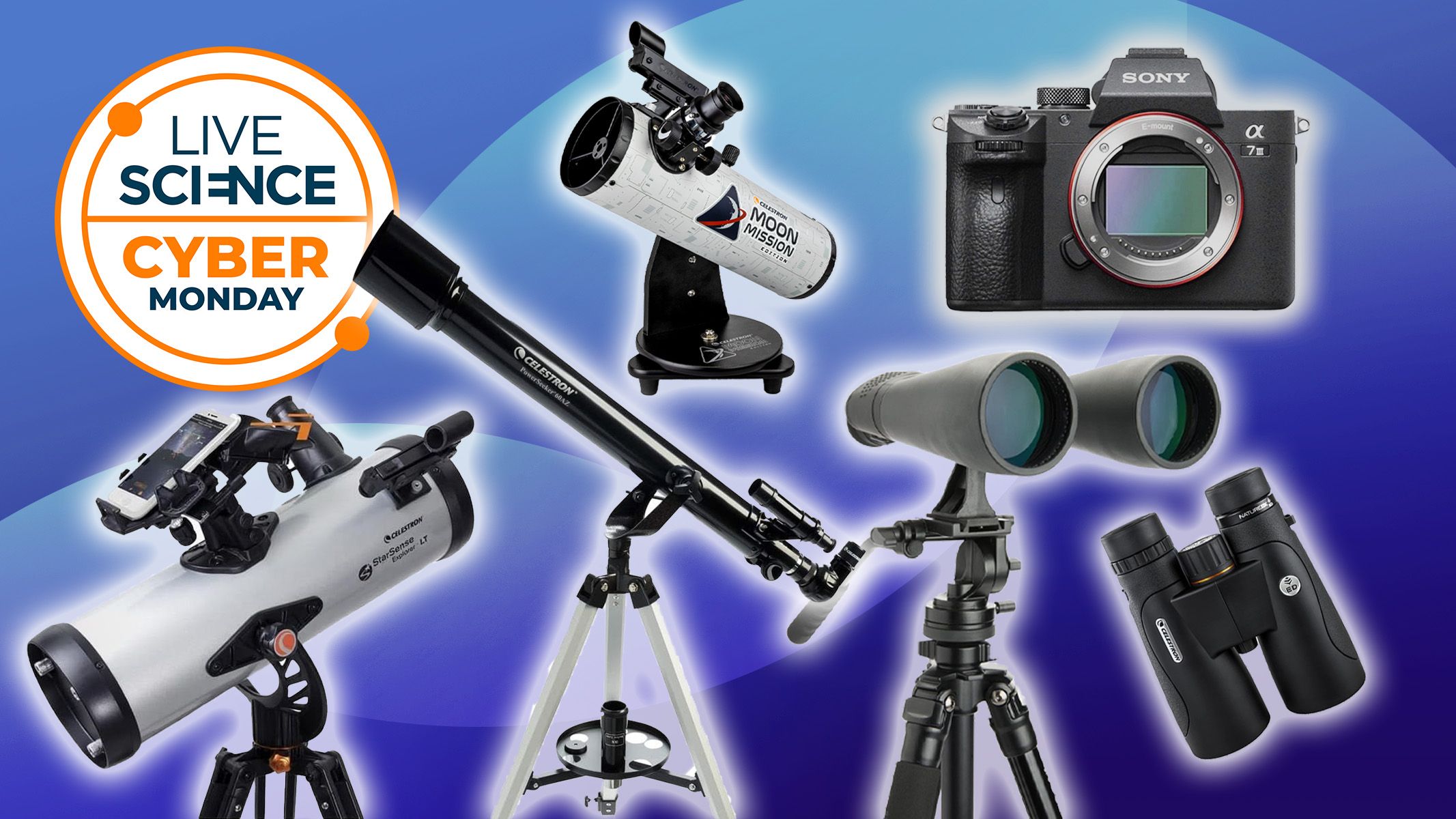
Skywatching gear on Cyber Monday discount: See the last Supermoon of the year for less
The last supermoon of the year — known as the Cold Moon — will occur on Thursday, December 4, so you don’t have long left to shop for stargazing gear before Cyber Monday ends later tonight.
We’ve rounded up some deals on our favorite…
Continue Reading
-
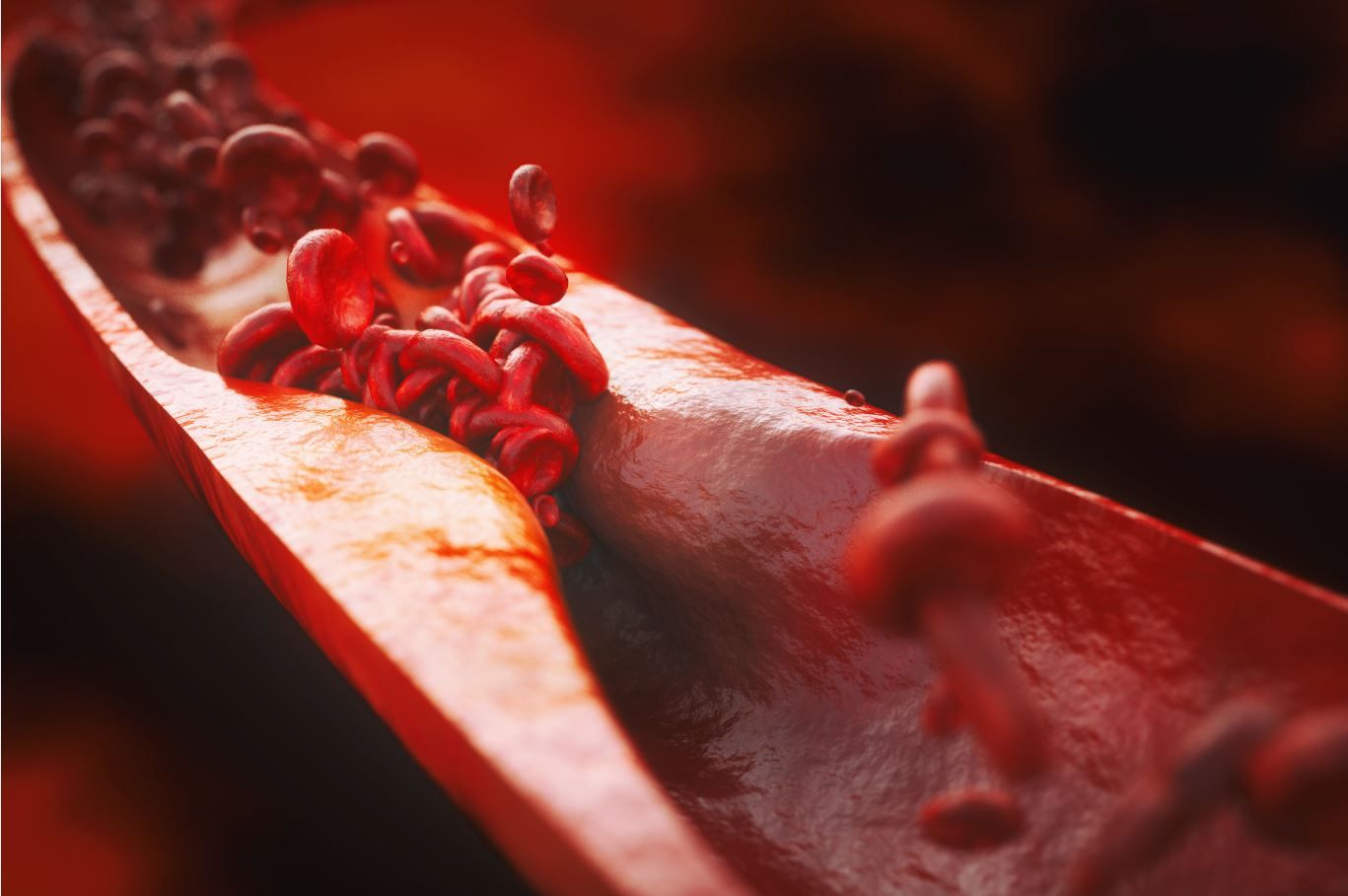
Evolocumab Associated with Lower Long-term Cardiovascular Event Risk in Real-world Study of More Than 110 000 Patients
New real-world data from the REPATHA-CE study suggest that evolocumab (Repatha®) is associated with significantly lower long-term risk of major adverse cardiovascular events (MACE) among adults with established atherosclerotic cardiovascular…
Continue Reading
-

Treating sleep apnea can lower Parkinson’s disease risk
A massive study of more than 11 million U.S. veterans reveals that treating sleep apnea early with CPAP may help curb the heightened risk of Parkinson’s disease, highlighting a simple intervention with potentially powerful…
Continue Reading
-

Academy Report: Victor’s Qatar Victory
Victor Martins took his third F2 victory and first triumph representing the Williams Racing Driver Academy on Sunday with a stellar drive from the front row.
It was a point-scoring weekend for Luke Browning, too, who recovered from a low…
Continue Reading
-

ChIP and immunoprecipitation reagents | Abcam
ChIP kits
Tailored for users to perform chromatin immunoprecipitation (ChIP) assays accurately and efficiently.
Simplify the process of chromatin extraction with kits designed to provide high-quality chromatin…
Continue Reading
-
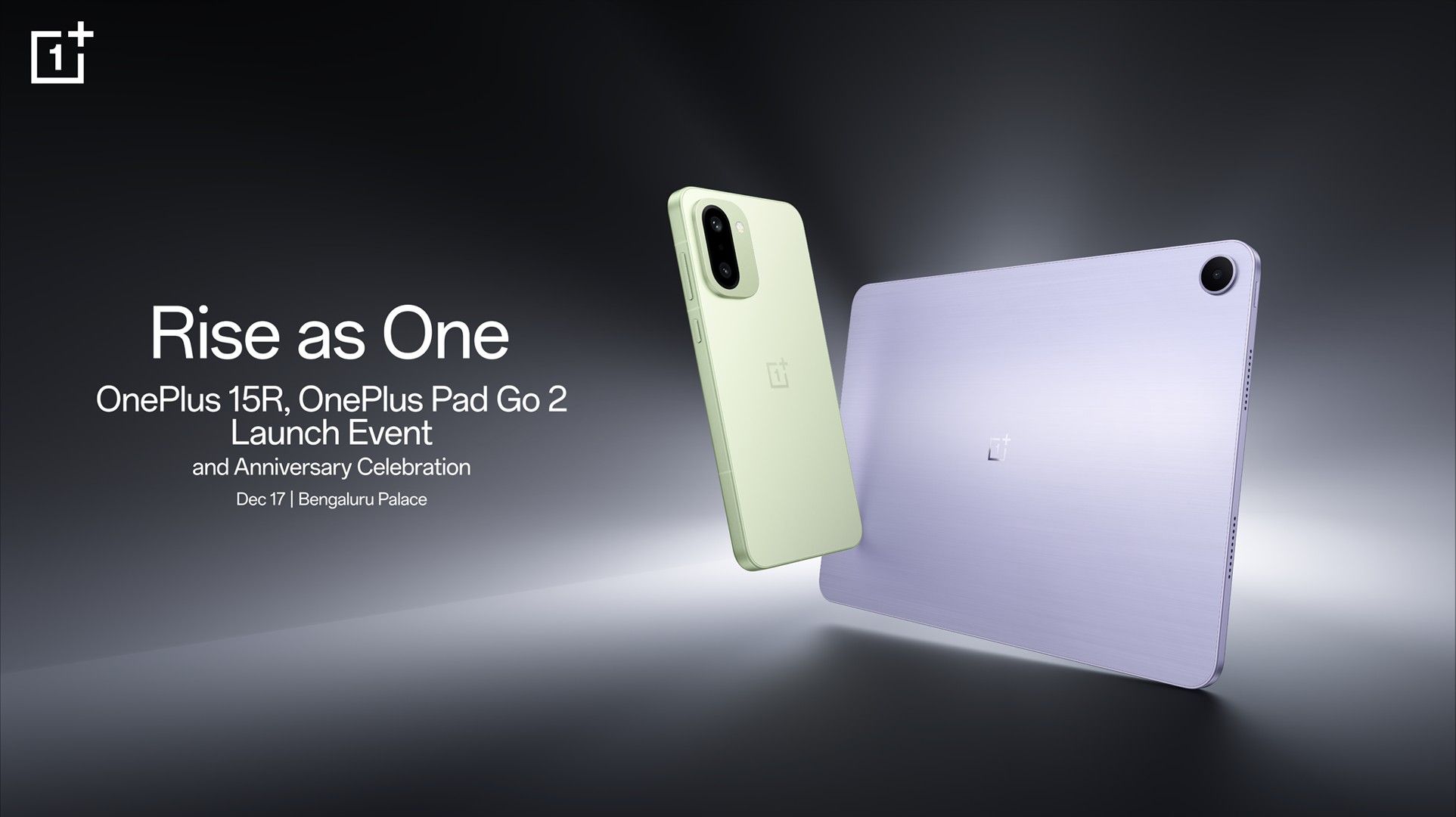
OnePlus 15R specs confirmed: Snapdragon 8 Gen 5 and 165Hz display
- The OnePlus 15R will be the first smartphone to ship with the Snapdragon 8 Gen 5 SoC.
- It sports a 165Hz 1.5K AMOLED display and possibly strong durability ratings.
- OnePlus is bundling the release with new ecosystem devices like the Pad Go 2 and…
Continue Reading
-

Grab the pocketable Occer 12×25 binoculars, now under $20!
The Occer 12×25 compact binoculars are a handy pair of compact binoculars that give you 12x magnification, great for having in your pocket and taking with you wherever you go. This Cyber Monday deal cuts the price of these binoculars in half,
Continue Reading
-
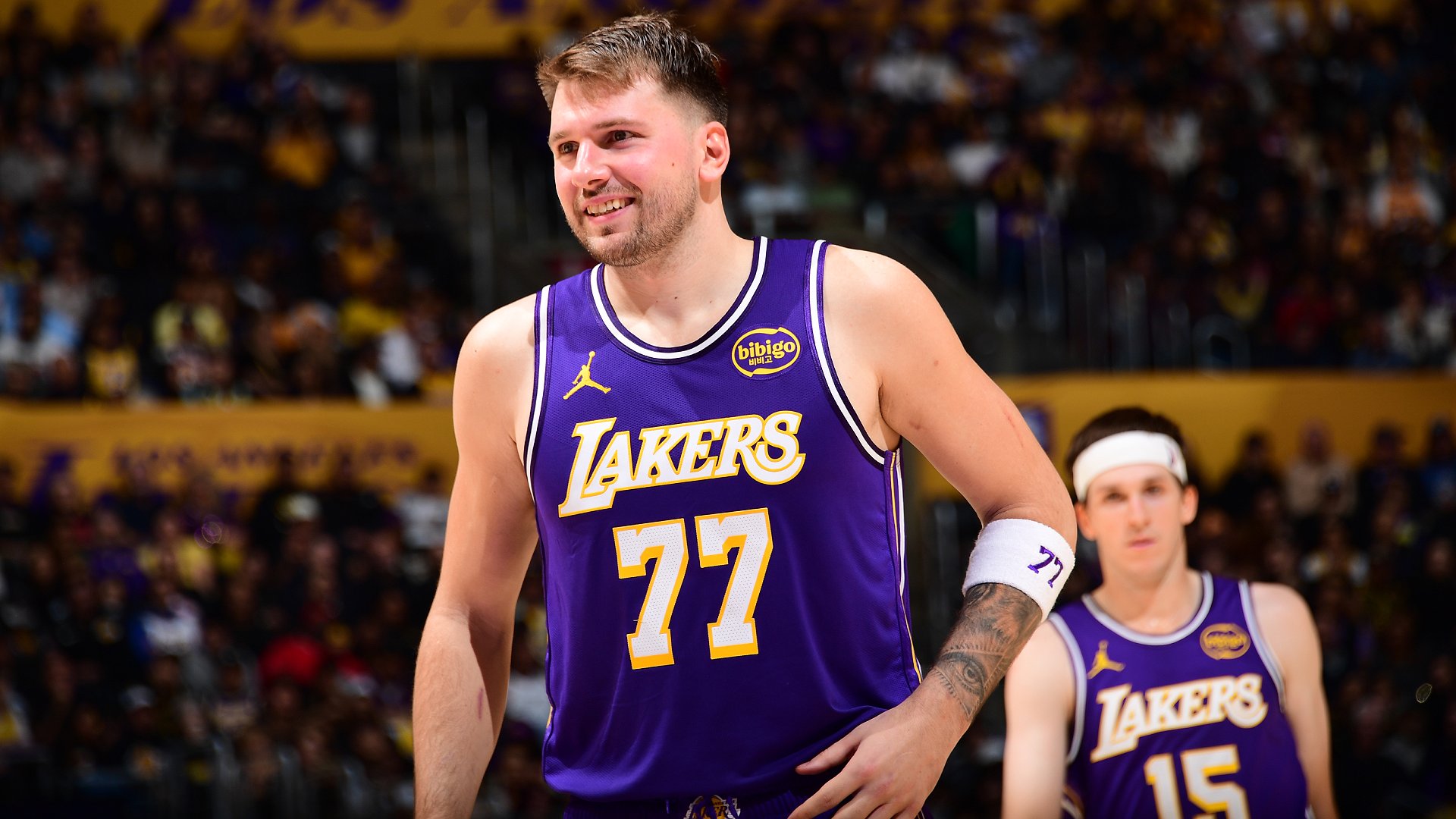
Power Rankings Week 7: Quartet of teams rising in Top 10
The Knicks and Magic have hit their stride of late and both rank in the Top 10 this week.
Monday is the first day of December and also a significant milestone in the 2025-26 season.
Once the night’s nine-game slate is complete, we’ll have…
Continue Reading
